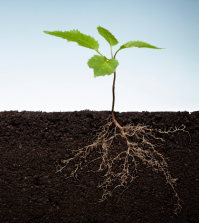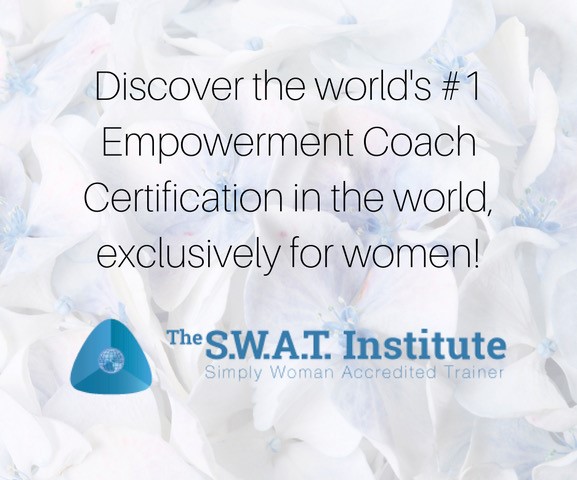- How to Avoid Common Missteps in Household Money ManagementPosted 1 day ago
- Mothering in a Fractured TimePosted 2 weeks ago
- Beneath the Surface: Revealing Life’s Goals nurtured from a Spiritual SeedPosted 2 weeks ago
- How We Kept Marital Peace while Traveling the World with Our KidsPosted 4 weeks ago
- How I Coped with Feeling Lost in a Changing SocietyPosted 4 weeks ago
- The Unexpected Liberation of a Butt DialPosted 2 months ago
4 Steps to Retreat Anywhere

By Nicole Moorey
Books have the power to change your life.
My most profound experience with this was at my family’s summer cottage, at the end of a full day after everyone had gone to bed. It was just worn-out-me, looking out at the moonlit lake, listening to the loons.
By chance, I picked up a random book and started to read Crystal Andrus Morissette’s “Simply Woman”. I was awestruck by how she seemed to be talking directly to me and telling me how I could solve my problems. I had never felt so understood and hopeful. This book, and all her others that I’ve read since, changed my life.
This also began my passion for reading personal growth books. In the years since that memorable night, I now try to live an empowered life and am a SWAT certified Master Empowerment coach to help other women do the same. I continue to read books daily to help myself and others thrive.
And that’s where you come in. . . I have a feeling that you’ll also enjoy some of the great takeaways I’ve learned from these books. So here’s my first Simply Woman “book referral” to help you discover some great reads, learn my favourite key insights and apply them in your own life.
I’ll begin with a timely classic . . .
I started reading Jennifer Louden’s “The Woman’s Retreat Book” because I was planning a ski getaway with my husband. Little did I know that my favourite takeaway would be her basic outline of a retreat that has since allowed me to have mini-retreats anywhere at any time.
Maybe you’re like I was, and the word ‘retreat’ brings to mind a ‘spa day’ or a ‘women’s getaway’. Now I understand that you can also retreat right in the middle of your everyday life and the results will do wonders for your heart, mind, body and soul.
Here’s my interpretation of her outline, along with examples, that will have you retreating in the heart of the hustle in as few as two minutes. You’re welcome!
4 Steps to Retreat
What I didn’t know then that I know now is that the success of a retreat is less about the location you’re in, the time you have or the people you’re with – it’s about what you do and how you do it:
1) Prepare to Retreat –
Think about your basic plan, such as where and when you’ll go and if you’ll need any supplies. Remember it’s not about the amount of time away or the physical proximity to your regular life, but instead about how well you can create a temporary boundary from the outside world.
You’ll also want to set an intention for your retreat that reflects what you need in this moment. This will give form to your retreat while also allowing the unknowable to unfold. This starts the process of slowing down and turning inward.
For best results, pose your retreat intention as a question that feels open ended, expansive and encouraging. “On this retreat, I intend to ask myself this question . . .?”
Examples include: How can I allow myself to relax and refuel? What do I love and how can I celebrate that? How am I feeling about . . . (this particular problem)?
2) Withdraw from Ordinary Life –
Begin your retreat in a safe space where you feel sustained and comforted physically and emotionally. This could be your bedroom, your bathtub, the garden, on a walk or a sacred place in your imagination.
Perform an opening ceremony or symbolic action that signals to your psyche that you’re entering a sacred time (even if you’re not physically going anywhere special). Try one or more of these many options: restate your intention, read an opening poem or psalm, cross a threshold, put on special clothing or an accessory, light a candle, dance to a song or apply essential oils.
3) Listen to Yourself –
This is the body of the retreat where the ‘work’ is done. Choose activities that will help you answer your stated intention and listen to your inner knowing. There are endless options here: rest, move, sing, read, journal, reflect, paint, cook, daydream, build, breathe, play or sleep. Anything goes, as long as the result is that you’re coming back to your centre and working toward a truer and more authentic relationship with yourself.
4) Return to Ordinary Life –
Wrap up your retreat by reflecting on your experience, including what you’ve done, how you’ve been, what answers you’ve discovered and how you might bring any of this into your everyday life.
End with a closing ceremony or symbolic action, like the reverse of your opening ceremony, to consciously step back into life. You could try to: offer thanks, move energetically, journal on your experience, read a poem or psalm, pack up your space, take home a momento or mental snapshot.
It could be as simple as stating “I am returning from my retreat. My intention was . . . and I discovered . . . I appreciate myself for taking this time to listen and learn.”
Mix and match these ideas to suit your unique intentions and interests. Maybe you’ll step away for two minutes, enjoy a 10 minute break, have a 20 minute walking getaway or savour your 30 minute lunchtime. However you choose to retreat, I hope these ideas bring you more peace and joy in your own space and help you hear the wisdom and wonder of your truest self.
********
 Nicole Moorey helps women connect with themselves, others and nature so they can truly be themselves and enjoy more of what matters most to them in life. When not coaching women as a SWAT certified Master Empowerment Coach, she’s enjoying outdoor adventures with her loved ones in majestic Northwestern Ontario.
Nicole Moorey helps women connect with themselves, others and nature so they can truly be themselves and enjoy more of what matters most to them in life. When not coaching women as a SWAT certified Master Empowerment Coach, she’s enjoying outdoor adventures with her loved ones in majestic Northwestern Ontario.







